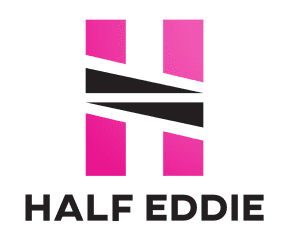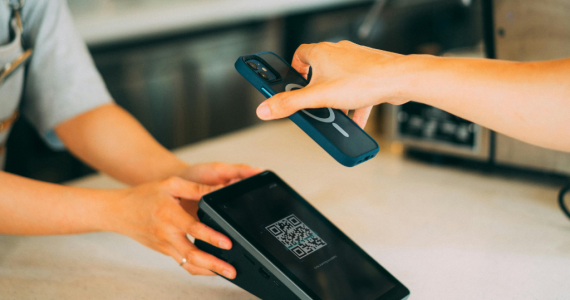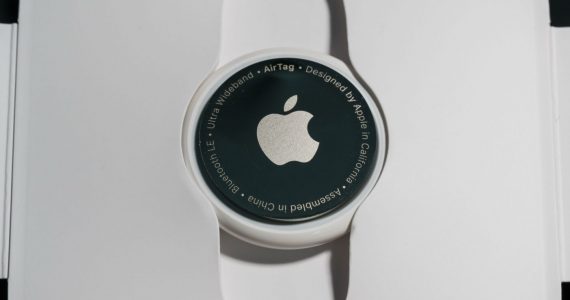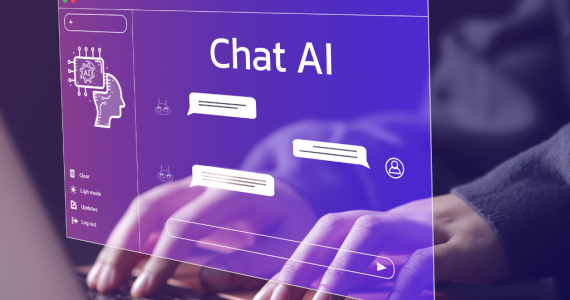Assistive technology helps students with learning disabilities. Whether students suffer from dyslexia, physical impairments, or cognitive problems, assistive technology can enable them to function effectively in the classroom. These tools are typically any device helping students to compensate their learning disabilities.
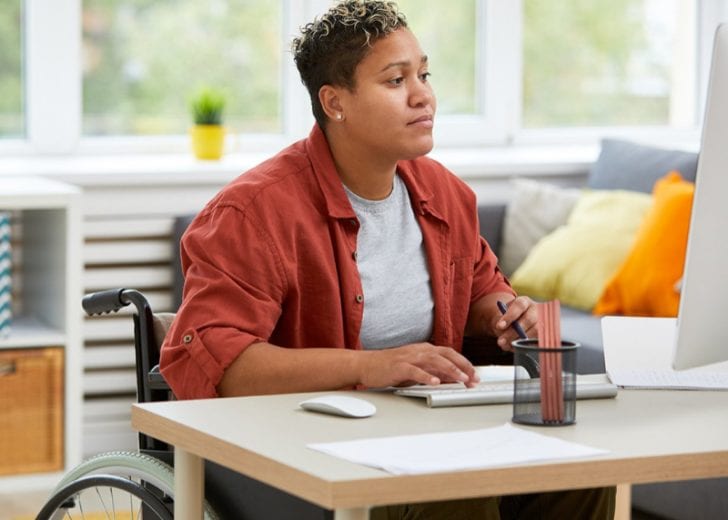
While unable to eliminate all learning problems, they help students to build on their strengths and minimize weaknesses. With a large number of K to 12 students enrolled in special education programs all across the U.S., teachers often find that the traditional textbooks and worksheets are ineffective. The application of assistive technology such as tablets, computer software, and communication devices, is a new and innovative trend among educators.
Learning Disabilities and Assistive Technology
Learning disabilities can differ from a mild disability to debilitating problems, which affect a student’s ability to be involved and learn in classrooms. Unfairly stigmatized, it is possible to use technological aids to overcome most learning disabilities. By offering students processes to slow down lectures or providing talking calculators, these devices meet the unique needs of students. With technological help, students can become the competent individuals they have the potential to be. Schools across the US have seen spectacular success stories regarding use of technology in special education programs. To be successful in both in and outside school, special needs students require instructors and teachers who care enough to use the devices and aids available by preparing a personal progressive education plan. We proceed to explore the popular and most innovative technologies now available and currently being used in special education classrooms:
Electronic Worksheets
Children with learning disabilities such as dyslexia now utilize electronic worksheets to finish assignments. These electronic worksheets help the students to line up equations, numbers and words in assignments, while text-to-speech or speech synthesizing software is available on some worksheets.
Phonetic Spelling Software

For children with learning impairments, writing and reading could be a challenge. Phonetic spelling software automatically converts student’s typed words into the actual word that they intended to use. For alternative reading options, students can check out audiobooks to follow along in their texts and circumvent reading difficulties.
Talking Calculators
Students with dyscalculia benefit greatly from talking calculators to read numbers, perform calculations and check assignments. While it is a simple tool, it benefits students who otherwise struggle in mathematic classes along with text-to-voice devices which convert written words into an audible track. Students use such devices to check spellings or improve reading comprehension skills.
Variable Speed Recorders
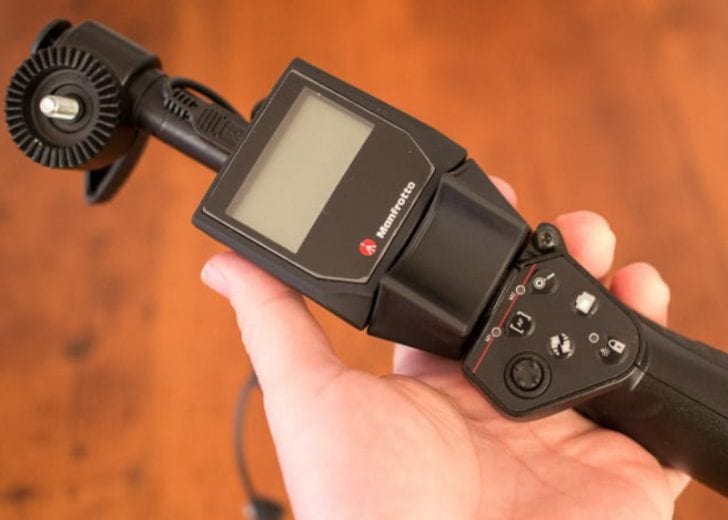
Every individual has a different learning style, and many students struggle to understand auditory lectures. For such students, variable speed recorders are an ideal solution. The student just has to record while in class and later the recording can be slowed down or speeded up for the student to hear it repeatedly. If the recording pitch is difficult to understand, students modify the pitch as required, to comprehend lectures.
Videotaped Social Skills

Autistic and other children with learning disabilities often struggle to understand normal social interactions. In the past, the common way of learning social interactions was to practice them. But many children ultimately behave inappropriately as they try to learn the defined “normal” social and inter-personal interactions. With videotaped social interactions and conversations, pupils can imbibe important social behaviour and life skills without accidentally offending others. Apart from interpersonal skills, these videos also work for linguistic, academic, self-help and emotional problems as well.
